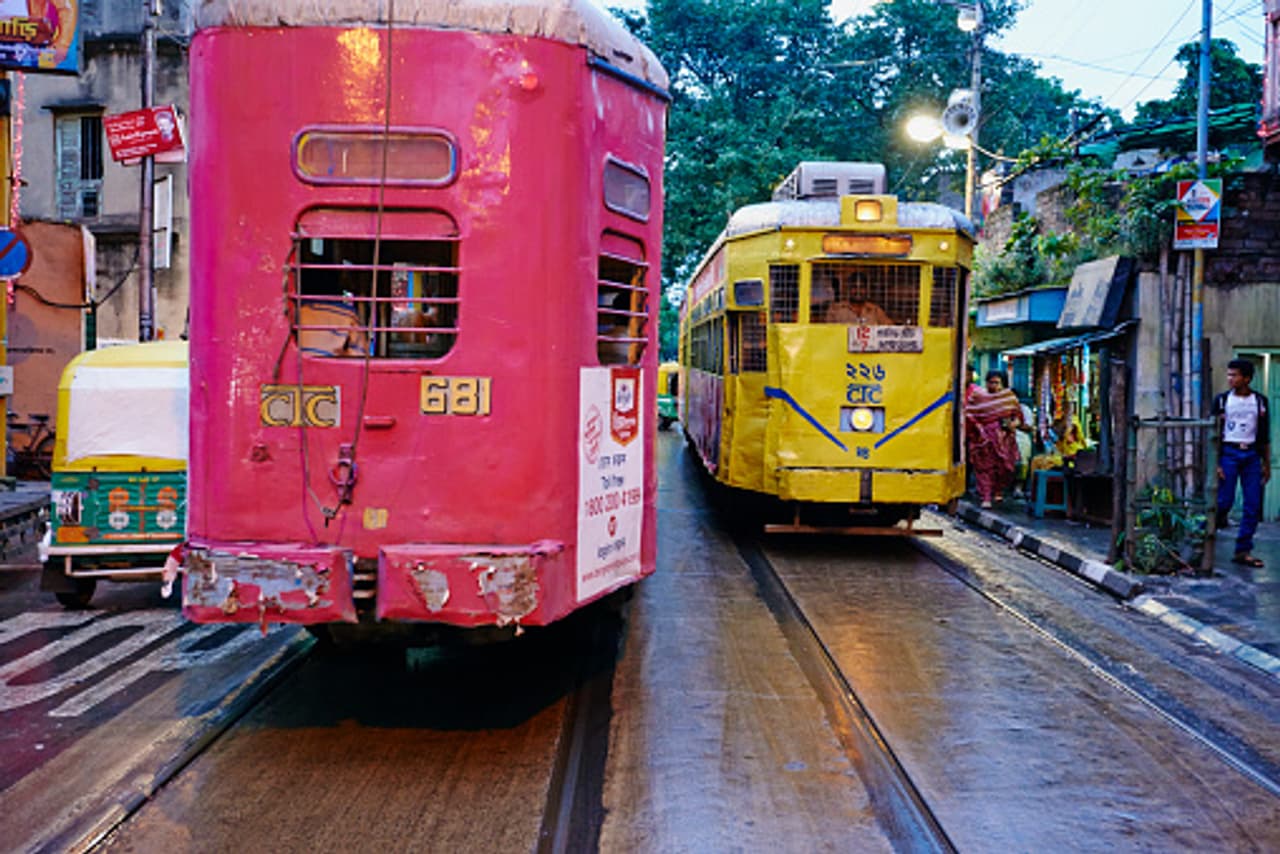Asia's oldest Tram network in Kolkata to be discontinued after 151 years
The government's decision to discontinue the tram service in Kolkata has disappointed heritage enthusiasts in the city. Started in 1873, this tram network is the oldest in Asia and has been the identity of the city. However, the government claims that one route will remain operational.

People from all over the world come to experience riding on wooden benches in the slow-moving tram. Tram cars hold a special place in the hearts of Bengalis, giving Kolkata a distinct identity. The West Bengal government has decided to shut down the tram service due to traffic challenges in the capital. However, heritage enthusiasts are disappointed with this decision. The government has also stated that one tram route will continue to operate.

The tram system in Kolkata started on 24 February 1873. The first tram ran for a distance of 3.9 km between Sealdah and Armenian Ghat Street, and it was initially horse-drawn. Kolkata is the only city in India where the tram system still operates. Trams are used to connect major landmarks of the city, and the nostalgic experience of riding one is unmatched. For the people of Kolkata, trams were more than just a mode of transport—they were a lifeline.
Kolkata's tram system is the oldest electric tramway in Asia and the only operational tram network in the country. This 19th-century mode of transport is still visible in Kolkata, attracting tourists from around the world who come to experience it.
In 1880, the Calcutta Tramways Company was formed and registered in London, leading to the structured expansion of the tram network. Horse-drawn tram tracks were laid from Sealdah to Armenian Ghat, but two years later, in 1882, steam engines were introduced to pull the tram cars.
The electrification of the tramway began in 1900, transitioning from steam to electricity. On 27 March 1902, the first electric tramcar in Asia ran from Esplanade to Kidderpore. By 1903–1904, it expanded to new routes, including Kalighat and Baghbazar, making the tramway a vital part of Kolkata's transportation network.
After the construction of the Howrah Bridge in 1943, the Calcutta and Howrah sections of the tram network were connected, bringing the total track length to approximately 67.59 km.
After India's independence, the West Bengal government took a more active role in managing the tramway. In 1951, an agreement was signed with the Calcutta Tramways Company for government oversight, and the system was nationalized in 1976. However, with the rise of the metro era, tramway expansion was halted, leading to a decline in its popularity. As the metro train took priority over the heritage tram routes, many found the tram impractical. Yet, it remained an iconic symbol of Kolkata.
As Kolkata rapidly advanced on the path of development, the tramway began to lag behind. The infrastructure, tram lines, and depots slowly deteriorated, reflecting the system's declining state. Despite efforts from heritage enthusiasts and concerned citizens to preserve this piece of history, their efforts made little impact.
Stay updated with the Breaking News Today and Latest News from across India and around the world. Get real-time updates, in-depth analysis, and comprehensive coverage of India News, World News, Indian Defence News, Kerala News, and Karnataka News. From politics to current affairs, follow every major story as it unfolds. Get real time updates from IMDon major cities' weather forecasts, including Rain alerts, Cyclonewarnings, and temperature trends. Download the Asianet News Official App for accurate and timely weather updates anytime, anywhere.